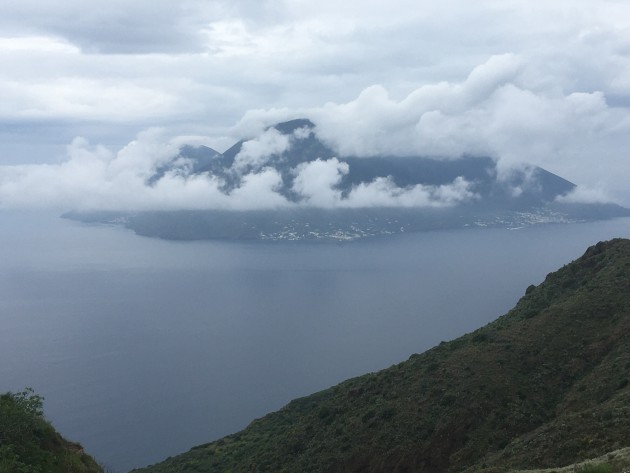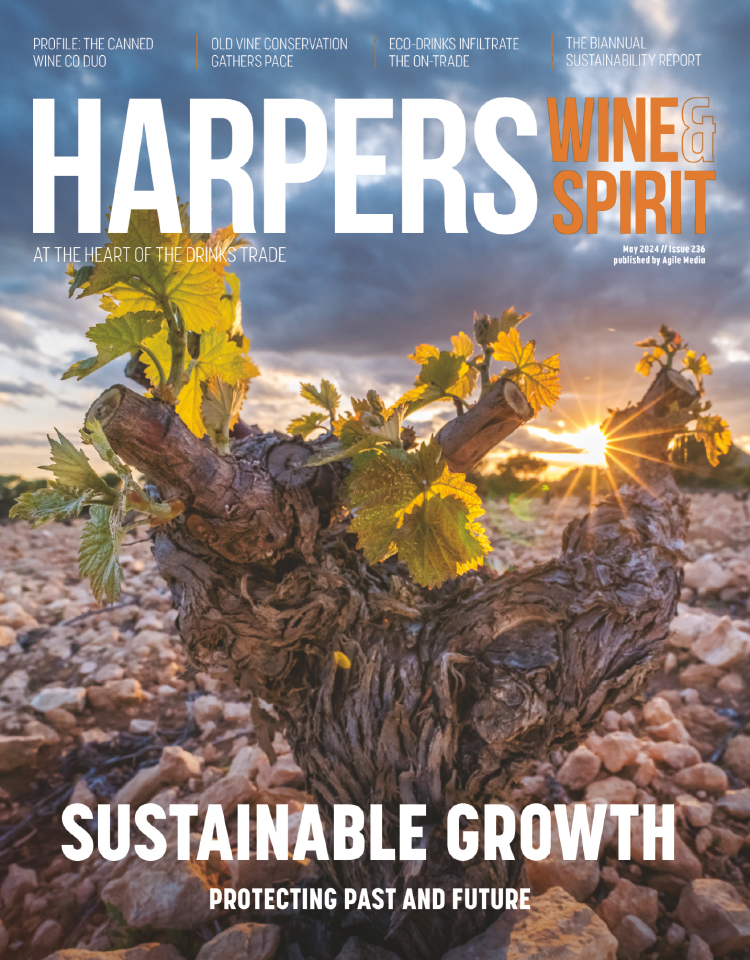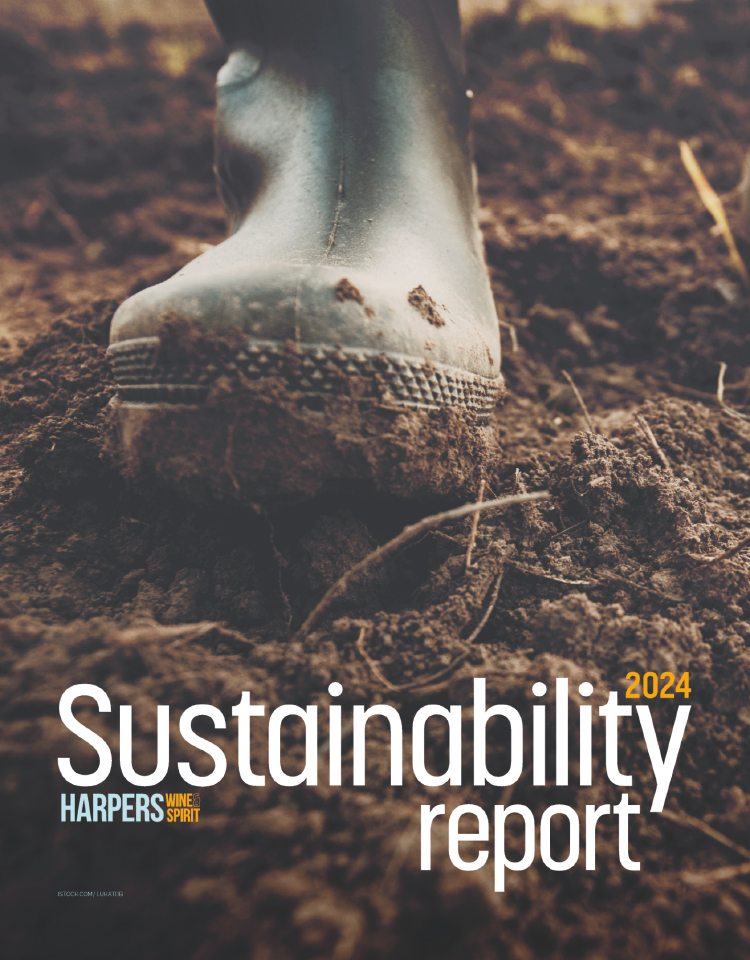
Friday read: Aeolian eruption
Like millions of cinema-goers, my interest in the Aeolian Islands was first piqued as a child watching Professor Otto Lidenbrook and his friends emerge from their Journey to the Centre of the Earth onto the volcanic island of Stromboli, drifting away on their raft as it erupts. More recently, it has been awakened by a brief trip to the remote seven island chain to taste some of the impressive wines being produced in the rich volcanic soils.
Winemaking has a long, if interrupted history here, and in the 18th and 19th centuries was one of the mainstays of the islands’ economy. Consumers across Europe loved the sweet, passito straw wine Malvasia della Lipari (one of many manifestations of Malvasia) made here, until Phylloxera killed off most of the vines in the late 19th century. The ravages of war, poverty and emigration did the rest, with many of the islands’ inhabitants leaving for a new life in Australia, particularly after 1945.
The last 20 years however have seen a renaissance with winemaking, particularly on the islands of Salinas, Lipari and Vulcano, with an accompanying revival of tourism helped by the EU funded development of infrastructure. There has been an inflow of new winemaking talent focused on reviving Malvasia della Lipari in passito style but mainly as a dry wine – reflecting the declining popularity of sweet wine – but also of near extinct local varieties, notably red Corinto Nero and Inzolia Nera, so obscure they don’t even get a mention in Jancis Robinson’s vast Oxford Dictionary of Wine. Altogether there are now some 15 producers across the islands, making a total of 300,000 bottles, although some of these wines are bottled on the mainland, near Messina, including those of the highly regarded Cantine Colosi, whose vineyards on the island of Salinas must enjoy some of the best views in Italy.
- Read more: Santorini prices edge towards Champagne
“Corinto Nero is a truly unique variety, it could only come from a place like this,” says Daniele Sassi, sales and export manager for Tenuta di Castellaro, the only producer on the island of Lipari, as we walk around the moonscape-like volcanic vineyards. The ancient soils are reflected in the names of the wines produced, here. The Bianco Pomice/Pumico and the red Ossidiana/Obsidian are all organic and show a very definite sense of place, augmented by the dramatic biodiversity including spectacular wild flowers, which are all very much part and parcel of the vine-growing philosophy.
Many of the wine properties in the Aeolian Islands are founded and run by entrepreneurs and winemakers from northern Italy. Tenuta Castellaro is no exception, established in 2005 by two entrepreneurs from Bergamo, Massimo Lentsch and and Steffania Frattolillo, with an agronomist and winemaker from Friuli and Tuscany respectively, who bring a light modern sensitivity to the wines. From their initial two wines in the first vintage in 2008 the team now makea nine, totalling 70,000 bottles (including some produced on Etna). For me, the 2020 Bianco Pomice and the 2017 Corinto were probably the most outstanding, showing remarkable depth of flavour and sense of place. I also loved the Euxenos 2021, a delicious amphora aged 100% Malvasia della Lipari, though only just 1,900 bottles are made, sadly.
The bush vines here are designed to resist the fierce winds that blow through the vineyards, (Aeolus is the Greek God of wind). Although these also bringing some relief to the vines in the peak of summer, whilst the truly awe-inspiring views (partially cloud-obscured on my visit) across to the island of Salinas, the most fertile of the islands, seven nautical miles away, and beyond, remind you that this is not your average vineyard, or winery.
The latest investment is an impressive award-winning zero impact 2,000 square vaulted underground winery, a truly impressive space with columns carved out of the volcanic rock, giving an almost ecclessiastical feel. It was made by transforming a disused area beneath the tasting room into a state of the art place complete with ageing rooms, ventilated by solar chimneys and a wind tower, which create a thermal labyrinth to maintain a constant temperature.
Eight varieties grow, here. But one of the big challenges is water – or rather, the lack of it. The island’s number of regular inhabitants swells from 12,000 to 55,000 in the summer months, meaning the three desalination plants on the island must be supplemented by bottled water. Rising land prices are another challenge, ironic given that you could barely give land away 40 years ago.
“The average cost of a hectare here is €13,000. By way of contrast, in Bolgheri, it is €5,000,” says Sassi. “But then the soils – often mixed with red volcanic rock – truly are exceptional.”
He notes that the Nero d’Avola grown here is unlike anywhere else. It is almost translucent, with incredible, almost ethereal flavours – a far cry from what you would normally expect from this Sicilian variety.
“This truly is special place,” he says.
Tenuta di Castellaro wines are imported by Flint Wines
2020 Bianco Pomice, Tenuta di Castellaro, a blend of 60% Malvasia della Lipari and 40% Carricante
2020 Bianco Porticello, Tenuta di Castellaro, a blend of 60% Carricante and 40% Moscato Bianco
2017 Nero Ossidiana, Tenuta di Castellaro, 90% Corinto, 10% Nero d’Avola
2017 Corinto, Tenuta di Castellaro, 100% Corinto









